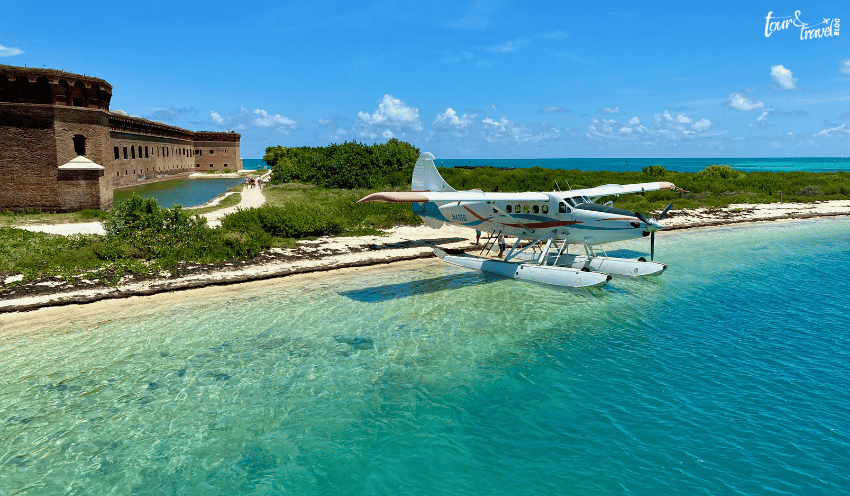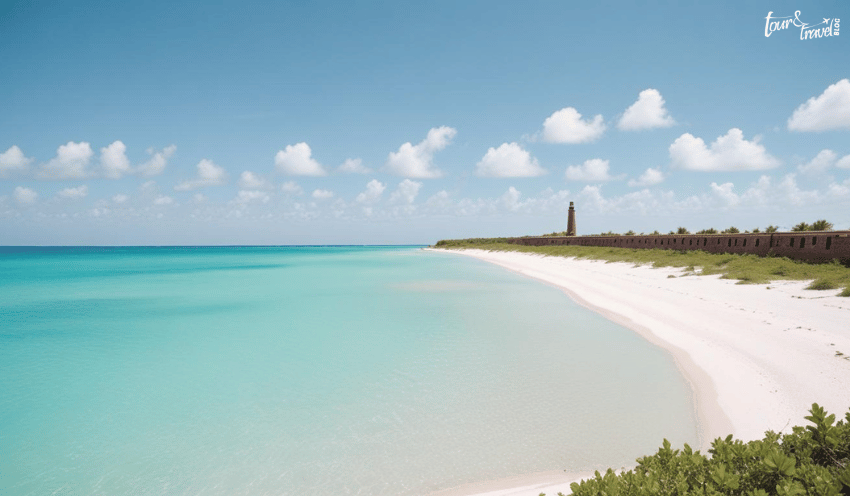Skiplagged Review- Login, Services And Travel Experiences
BY sagnika May 16, 2023
Skiplagged is a legitimate way to reduce the costs of flight bookings. By booking a hidden city ticket, a person can save hundreds of dollars off the price of a single ticket for a flight. Even though useful, it has its fair share of controversies as well. Read this article to find out more information on skiplagged! Get Familiarized With Skiplagging Skiplagging refers to the general practice of booking a trip where the stopover is set as the destination where the traveler originally plans to travel. They use a "point A to point B" form of phrasing where a passenger would book a ticket that would take them from "point A to point C" instead, with a stopover at point B. Whereas the actual destination of the passenger is point “B”, and they leave the airport as the plane land in point “B”, leaving their seat empty from point “B” to point “C" portion of the journey. Tip: Is skiplagged legit? Well, it certainly is legit, but many airlines have opposed the services they provide and even tried to incorporate strict measures to counter them. It is just as good as Kiwi Flights. One-Way Endeavour skiplagged.com It is very important to keep in mind that skiplagging won't work if the traveler wants to travel with checked luggages. After all the checked luggage is tagged to go through to the final destination (point C). If someone still tries it, then there would be severe consequences as the airline would then have to offload the checked baggage after coming to the realization that the boarding pass wasn't scanned for the second half of the journey. Additionally, this practice would actually work on a one-way flight. That is only because an airline would definitely cancel the return tickets for the traveler after it realizes that they never did complete the first portion of their journey. Controversies Airlines absolutely hate this practice of booking skiplagged flights and have also tried to shut it down. This is why the United Airlines and Orbitz teamed up to sue skiplagged back in 2014. After which, they lost their legal battle against Skiplagged. Then the airlines turned their attention to punishing the passengers for even engaging in this practice by certain rules and regulations. Skiplagged Interface To use their services, one can head over to their site skiplagged or even download the skiplagged app. The tagline of their website states “ Ridiculous Travel Deals That You Won’t Find Anywhere Else”. The interface of their website is very easy to navigate. One needs to create an account to get started with using their services. There are four options available to select from (situated at the top of their site) - skiplagged flight, Hotels, Rewards, and Cars. They have also been featured in BBC, CNN, Buzzfeed, The New Yorker and many other famous publications. Benefits Of Using Skiplagging Here are a few loopholes that Skiplagged has uncovered and that can save travelers a significant amount of money. 1. Virtual Interlining Fares The search engine of Skiplagged also shows the VI or Virtual Interline fares. These are the fares that are known to combine all the flights between the airlines that are known to not have a direct relationship. For such instances, the traveler needs to check back in between the various carriers. While in some cases, especially for international flights, the savings could be of thousands of dollars. 2. Unique One-Way Flight Combos Skiplagged has a very sophisticated and powerful flight search engine that is always searching for unique one-way combinations that travelers could use to book and get a great final price for a round-trip flight. The other travel sites, either are not able to package these one-way flights together due to the limitations that are imposed on them from the airlines. Or it could be that these flights are using very old technology which are full of limitations. 3. Hidden-City Flights Under this particular loophole, a user books a flight to the destination city that is actually the airline's layover city. For instance, a user might try flying from Austin to Boston, and all of the flight prices would show as $500. However, there could be an Austin to New York flight with a layover in Boston for $200. In this case, the traveler can get out in Boston, saving themselves $300. It is to be noted, though, that one can't check a bag. Skiplagged Reviews Here are a few skiplagged reviews left by people who have used their services: Your site is easy for me to navigate and my history with "Skiplagged" has always been pleasant with the least bit of problems. – Pierpont Geer Skipped lagged just saved me 300$ on a trip that was originally 480… goddamn i didn’t believe it would be this crazy – Jay Leyva Just because you have money to spend doesn't mean you have to. Skip lag is always help me find the best flights at the best prices! They are always my first go to. – Shantael C. Rates are way better than booking directly, even with added protection... easy booking process... just so simple!! Well Done Team Skiplagged!! – Nik Bali You guys are a reminder to me that it pays to check the availability and price of a flight several times. Also, your website and prompts couldn't be clear, convenient or easy. Now, I'm going to book 2 more additional flights, and I hope it's just as easy and reasonable. Thanks! – Mike To Wrap It Up! If you are thinking of using their services, then by all means, go ahead, as they are 100% legit. But you do need to keep in mind that the services they offer are opposed by most airlines. Hence, you would need to counter-check the guidelines of the airline that you are going to book at. That was all for information regarding skiplagging and its benefits. Thank you for reading up till here. I hope you found the information useful. Let me know in the comments your thoughts on the same. Read Also: Everything About Breeze Airways: Breeze Airways Reviews, Features, And More! Using Flightscanner To Find Cheap Flights In 2023? All That You Need To Know! The Ultimate Guide To Finding Cheap Flights To Chicago Using Google Flights Aainflight Review- Login, Services And Travel Experiences

















